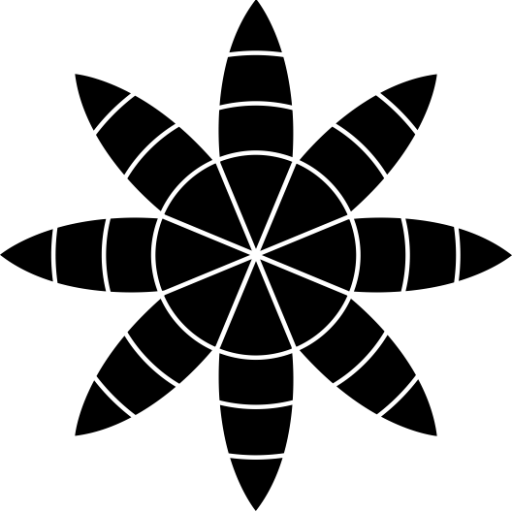5 consecutive Wednesdays, 6:00 – 7:30 pm Eastern Time, USA via Zoom
This course will contrast the Freudian aesthetic based on free association with a Jungian aesthetic based on active imagination.
Active imagination is perhaps the most radical innovation of Jungian psychology. In contrast to free association, which is a passive process, active imagination is a process in which the ego actively evokes images from the unconscious and actively engages those images. Whereas free association is an interior monologue (a dictation from the unconscious to the ego), active imagination is an interior dialogue (a conversation between the ego and the unconscious).
The most famous example of the Freudian aesthetic is surrealism. “Surrealism,” Andre Breton says, “is based on the belief in the superior reality of repressed associations.” It was possible for the surrealists to articulate a Freudian aesthetic because Freud’s writings on free association were available in the first quarter of the twentieth century. In contrast, Jung’s writings on active imagination were unavailable at that time. The Transcendent Function, although written in 1916, was not published until 1957; Memories, Dreams, Reflections was not published until 1961, and The Red Book was not published until 2009.
Jung was influenced by visual art works as a young man and by his encounter and relationship to Modern Art. “At one time I took a great interest in art. I painted myself, sculpted and did wood carving. I have a certain sense of color. When modern art came on the scene, it presented a great psychological problem for me. I wrote about Picasso and Joyce. I recognized there something which is very unpopular, namely the very thing which confronts me in my patients.”
Thus, it seems as though the individual psyche expresses itself in relation to the emotional experiences of the ego and/or a priori, the ego in relationship to the archetype. The particular visual forms of expression have their own personality (language, mannerisms and personal characteristics) unique to the autonomous psyche. The Art of the personality is its expression in thoughts, ideas, emotions, behaviors, instincts, and the senses.
The creative dialogue between the ego and the unconscious and archetypal is an important factor in the creative process since the affect laden ego mixes with the archetypal unconscious to create the artistic product. By creating art out of their own active imagination, dreams, visions, images, dance, or writings, participants will directly embody the relation between art and psyche and then have an opportunity to share with other participants their uniquely personal experience of the creative process.



